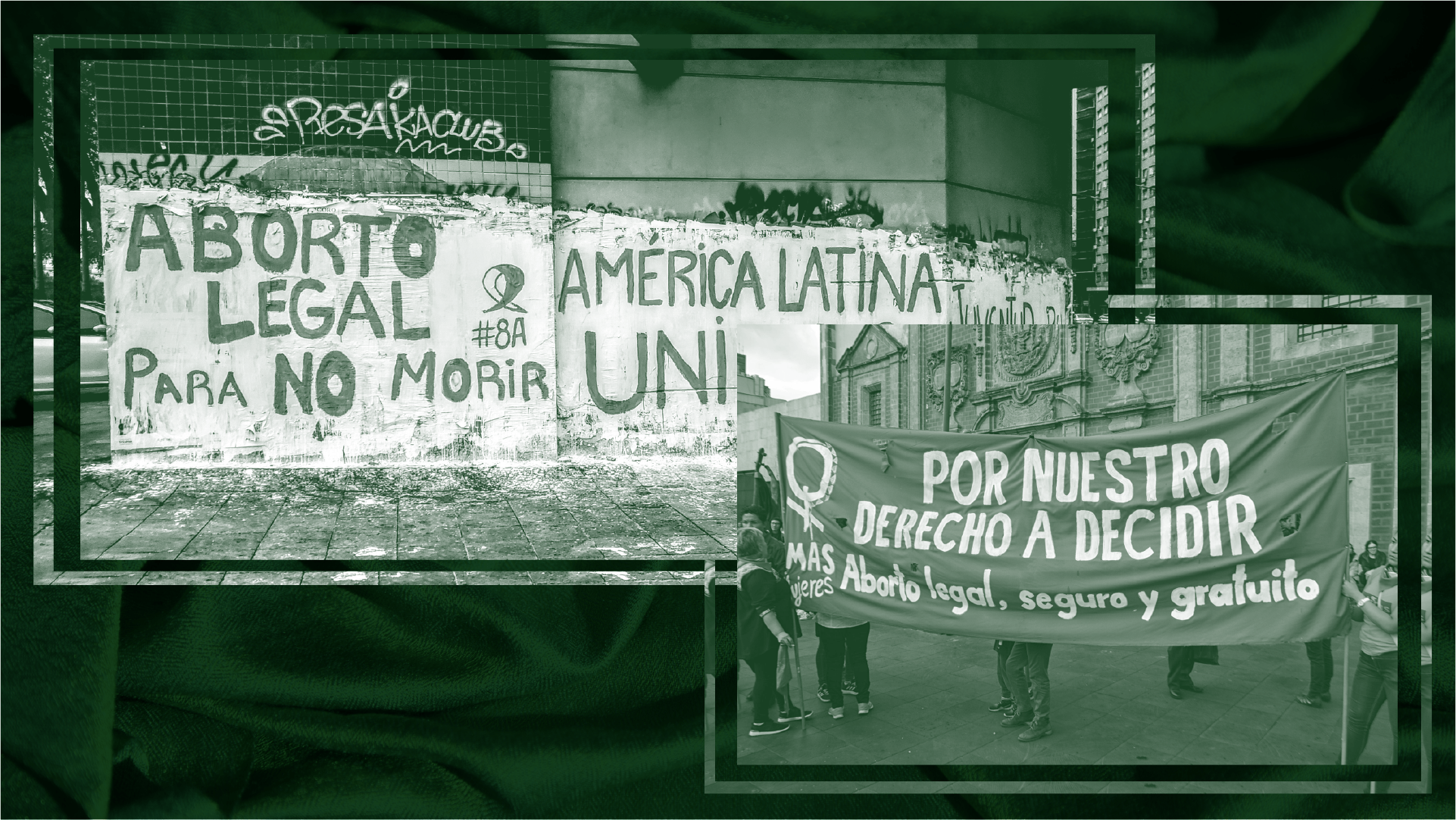
Activists Say Biden’s Climate Plan Is a Strong Start, But Could Do More
Experts and activists say there is much more to be done to save the planet.
In his inaugural address, President Joe Biden promised to address the “cascading crises” facing the country — a raging coronavirus pandemic, growing inequity, systemic racism, and a climate in crisis.
While his administration has certainly stumbled on some, Biden has largely delivered on prioritizing environmental issues during his first 100 days in office. Vigorously leaning into his campaign promises, Biden put forth one of the most ambitious climate agendas in American history. But whether the president can sustain this momentum and enact long-lasting change remains to be seen.
Biden began his time in the Oval Office with a flurry of executive orders meant to undo former President Donald Trump’s damaging legacy of striking major climate policies, deregulating the oil and gas industries, and rolling back regulations protecting the country’s air, water, and wildlife. In his first day on the job, Biden rejoined the Paris Agreement, cancelled the partially-completed Keystone XL pipeline, and directed agencies to reverse the more than 100 environmental rules struck under Trump’s tenure. While these big and splashy announcements were more symbolic than substantive, Biden showed that he plans to consider the climate crisis in every aspect of his policymaking.
As part this “whole-of-government” approach, Biden assembled a star-studded climate team: former Secretary of State John Kerry assumed the role of international special envoy on climate change; former administrator of the Environmental Protection Agency Gina McCarthy became the first White House domestic climate advisor; the former secretary of the North Carolina Department of Environmental Quality Michael Regan was tasked to rebuild the EPA; and former representative from New Mexico Deb Haaland became the first Native American cabinet member when she was confirmed as Interior Secretary. Policy advisors for climate have also been positioned at the Federal Reserve and the Treasury.
In late March, Biden also unveiled his $2.3 trillion infrastructure proposal dubbed the American Jobs Plan — an infrastructure and green energy package aiming to reshape the nation’s economy. The president’s plan to invest in everything from roads and public transit to housing and clean water also includes an electricity standard that aims to zero out power sector emissions by 2035. “Investing in clean energy to fight the effects of climate change is part of infrastructure,” Biden said in remarks on the plan. And only a few weeks later, he pledged to cut U.S. greenhouse emission by at least half by 2030 ahead of a virtual climate summit held on Earth Day. This doubled the nation’s previous commitment, an important step that brings Biden closer to his ultimate goal of net-zero carbon emissions — a time when residual emissions of greenhouse gases are balanced by technologies removing them from the atmosphere — by 2050. (While net-zero and carbon removal proposals aren’t inherently unhelpful, experts say that they cannot be deployed at a vast enough scale needed to curb emissions quickly. They also reinforce the belief that technological advancement is the only way to mitigate the effects of climate change and diminish the sense of urgency of a warming planet.)
It seems that both domestically and globally, Biden wishes to convey one message: The United States is serious about climate change again. Response to his efforts have been mixed to say the least.
The American Jobs Plan didn’t just attract ire from Republicans, but also progressive lawmakers and activists alike who are concerned that the package isn’t enough to adequately address all the issues it names. “This is not nearly enough,” tweeted Representative Alexandria Ocasio-Cortez (D-NY). “The important context here is that it’s $2.25T spread out over 10 years.”
The Interlude took a look at how Biden’s climate policies are being received across the country — in New York, Texas, and Oklahoma. While the overwhelming response was that the administration’s efforts are a good start, there is much more to be done in order to save the planet.

Biden has come a long way since he introduced one of the first climate change legislation in the Senate in 1986, a bill calling for a national policy on climate change and annual reports to Congress. But, as The New Republic and E&E News have pointed out, the extent to which he played a large role in climate policy during the Obama years is unclear. In the past, he opposed tightening fuel efficiency standards and supported Obama’s “all-of-the-above” strategy which “left ample room for the fracking boom that bolstered one fossil fuel, natural gas, over another, coal,” according to Inside Climate News.
Biden’s continued embrace of more progressive platforms — first as a primary candidate when he embraced the Green New Deal, later as he included some of Elizabeth Warren and Bernie Sander’s climate proposals, and now as president when he created the White House Environmental Justice Advisory Council and as he moves to cut fossil fuel emissions in half in eight years — has given activists hope. However, they remain cautious.
“I have mixed emotions about the kind of sweeping climate orders,” said Tamara Toles O’Laughlin, a native New Yorker and national climate strategist with 20 years of experience. “They’re beautiful. Their language is strong. But what will the president actually be able to do? It will take a lot of strength and less bipartisanship. I’m very happy to have this administration. I fought to get this president into the White House. I’m saying this as someone who is really invested in the success of this administration, not just for 2022, but for 2030 and 2050.”
Toles O’Laughlin emphasized that all broad federal programs must be implemented with care so as to not exclude Black, Indigenous, and chronically poor communities which have suffered at the forefront of the climate crisis for decades. Other environmental justice activists echo this sentiment: Biden’s approach needs to be laser-focused on lasting solutions that would ensure a just transition for communities that have suffered and/or are dependent on fossil fuels.
“Not all of those constituencies are as forward thinking as folks here in New York,” said Conor Bambrick, the director of climate policy at the Environmental Advocates of New York. “We’ll see some industry proposals and false climate solutions bubble up. But, I’m hopeful that the administration and the Democratic leaders in Congress can minimize (their) effects and put climate and environmental justice issues front and center.”
Alongside the federal push, environmental advocates in New York know that the state must achieve its own climate goals. Peter Iwanowicz, the executive director of Environmental Advocates New York told Spectrum News that “New York must not fail to achieve its 2030 target” as there is “no time left for incrementalism or false solutions.” While states like New York and California can certainly help Biden, he might not find as strong of an ally elsewhere.

Earlier this year, snow blanketed much of Texas as a category three storm, a symptom of a rapidly warming planet, descended on much of the southern United States. Temperatures plunged to near single digits, the state’s electrical grid operator lost control of the power supply, coal and gas power stations, nuclear facilities, and wind turbines broke down, and millions of Texans were left without power. The culprit: an extremely unusual snowstorm, exacerbated by climate change, overwhelmed a poorly operated grid, layering one crisis over another.
Texas’ isolated energy grid — created to evade federal regulation and limited oversight of companies that generate power — was unable to import energy, leaving operators to choose which Texans received power. While the blackouts left millions without light, heat, and water, many marginalized and poorer communities were hit the hardest and left without power the longest. Many of them would die of hypothermia, carbon monoxide poisoning, and loss of power connected to life-sustaining medical devices. Almost two months later, an investigation by the Houston Chronicle found that nearly 200 people had lost their lives during the snowstorm, double the state’s official estimate.
But Texas Republicans — including Gov. Greg Abbott — were quick to blame frozen wind turbines. In an interview with Sean Hannity amidst the crisis, Abbott ignored experts who agree that energy powered by fossil fuels was the biggest culprit behind the blackouts. Instead, the governor decried the Green New Deal, calling it “deadly.” Environmental advocates strongly disagree.
“The big question on everyone’s mind is: what steps can we take to secure our electric system so this doesn’t happen in the future?” said Kevin Richardson, the program coordinator at Texas Campaign for the Environment. “The state’s energy grid is not connected to the two other main ones in the U.S.. That’s a big problem. We need to reconnect the grid. We need to push for large scale energy efficiency programs, expand solar, wind, and battery storage. These are the most efficient and cheapest sources of [energy].”
Richardson praised the federal government’s response to the crisis as well as its overall performance during these first few months. While he is encouraged by the Biden administration’s proactive approach, Richardson is apprehensive about the pushback on progressive policies at the state level. Getting state and city legislators to work with the federal government will be only one of the major hurdles the Biden administration needs to overcome if it intends to enact lasting change, protect the environment, and uplift communities across the country.
“At the state level, [the politics] are controlled by politicians who actively want to stop climate policies,” said Richardson. “And as organizers, we can never let up, never assume that the government is going to take care of things for us. We have to keep organizing, keep pressing, and making sure that they’re doing the right things all the way through.”

Building on its campaign promises, the Biden administration has certainly made strides to prioritize environmental justice and address environmental racism. Just one week after his inauguration, Biden signed an executive order that created a White House Environmental Justice Interagency Council and an Environmental Justice Advisory Council, signaling a government-wide push. The order includes the Justice40 Initiative, which aims to deliver “40 percent of all benefits of relevant federal investments to disadvantaged communities.” Around the same time, Biden also signed a presidential memorandum that requires executive agencies to engage in “regular, meaningful, and robust consultation with Tribal officials” as a way to strengthen the federal government’s relationship with Indigenous nations across the country while fighting climate change.
The challenge now facing the administration is to follow through on these commitments. And Indigenous activists are already noticing some gaps between Biden’s promises and policy, pointing out, for example, that the administration currently doesn’t support a shutdown of the Dakota Access pipeline despite the fact that the project lacks a key federal permit.
And much like the environmental advocates in Texas, Indigenous activists in Oklahoma are working to hold the Biden administration accountable to its campaign promises and initial sweeping orders through educating, organizing, and coalition building. For Ashley McCray Engle, Green New Deal Organizer at the Indigenous Environmental Network, there are two interwoven focal points where the administration is falling short: effective climate change solutions and tribal sovereignty.
“We do have more access to the Biden administration,” said McCray Engle. “They are listening to our communities and many of us do have seats at various tables. We are very happy about [Biden’s] decision to rescind the Keystone XL pipeline, but at the same time we’re concerned about him opening the door to what we consider false, neoliberal solutions.”
One of the neoliberal solutions, according to McCray Engle, is carbon pricing. Although no public proposal has been made yet, Presidential Climate Envoy Kerry said that Biden is open to the idea of carbon pricing, a market-driven measure that would apply monetary cost to carbon pollution as a way to encourage polluters to reduce their emissions. Commonly referred to as a carbon tax, carbon pricing can also be a requirement to purchase permits to emit, which doesn’t really bring overall emissions down. Many experts and activists, including McCray Engle, believe carbon pricing to be a false solution that could further harm vulnerable communities. In the words of Mary Pham, a federal policy fellow at WE ACT, the mechanism “favors economic efficiency over distributional equity” as it offers major polluters the opportunity to carve out a least-cost path while still spewing dangerous pollutants that then harm the people which have already been overburdened by the effects of climate change.
McCray Engle’s second major concern is Biden’s approach to meaningful tribal consultation — an attempt at the free, prior and informed consent process recognized in the United Nations Declaration on the Rights of Indigenous Peoples that allows indigenous peoples to give or withhold consent to a project that may affect their communities or lands.
According to McCray Engle, Biden’s memorandum on tribal consultation isn’t enough. While she recognizes his efforts to include Indigenous voices, McCray Engle believes that it’s a mistake to allow federal agencies to decide what a “meaningful consultation” with Indigenous communities looks like, especially considering the country’s past of breaking treaties or turning back on what was originally agreed upon, therefore impacting tribal sovereignty.
“Some consider a piece of paper ‘consultation’ and oftentimes that’s also a substitute for consent,” they said. “President Biden had a grand opportunity to go a step further, recognize that we need to uphold the treaties by engaging in free, prior, and informed consent with all the different tribal nations and land that will be impacted by some of these decisions that are being made on the federal level.”


